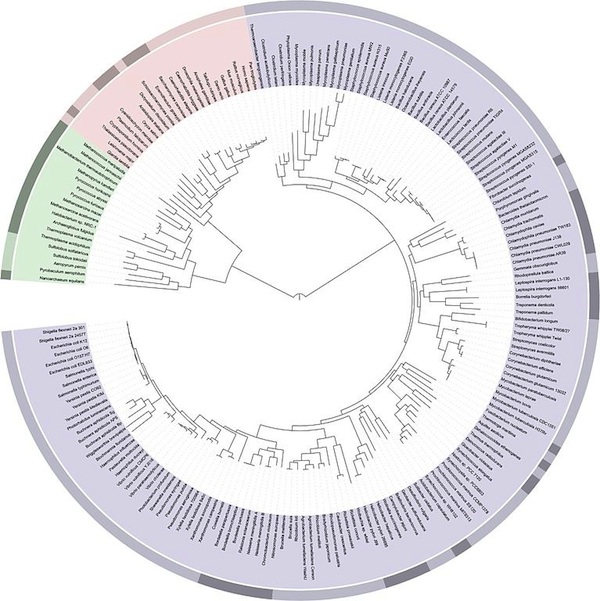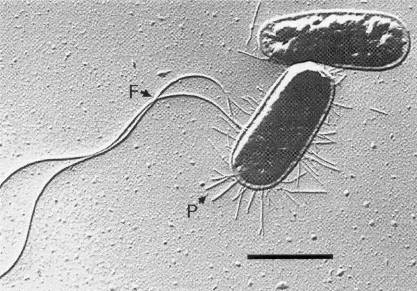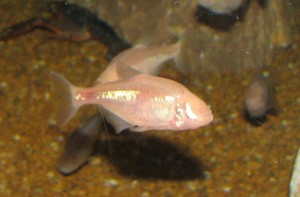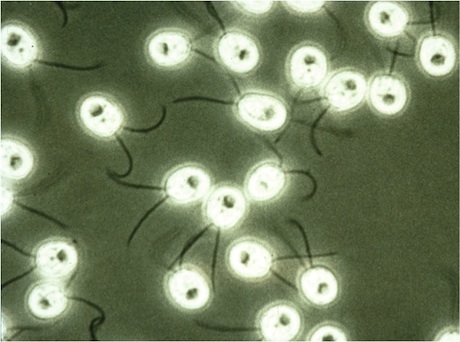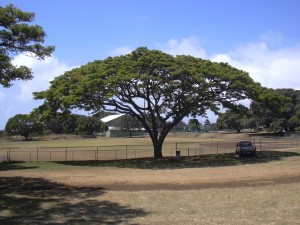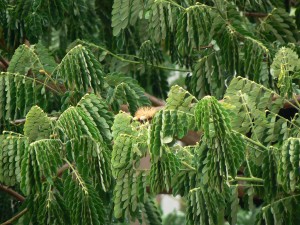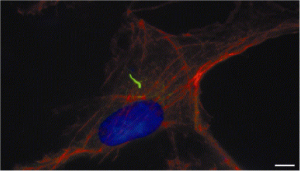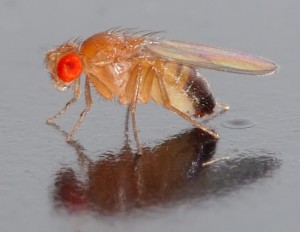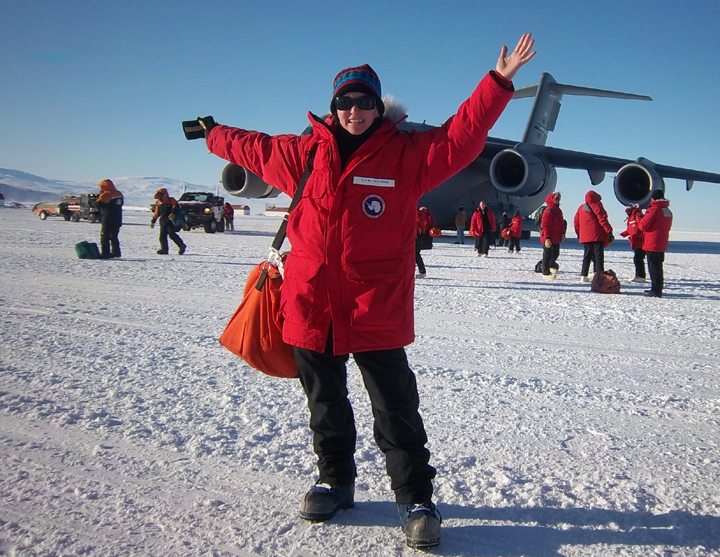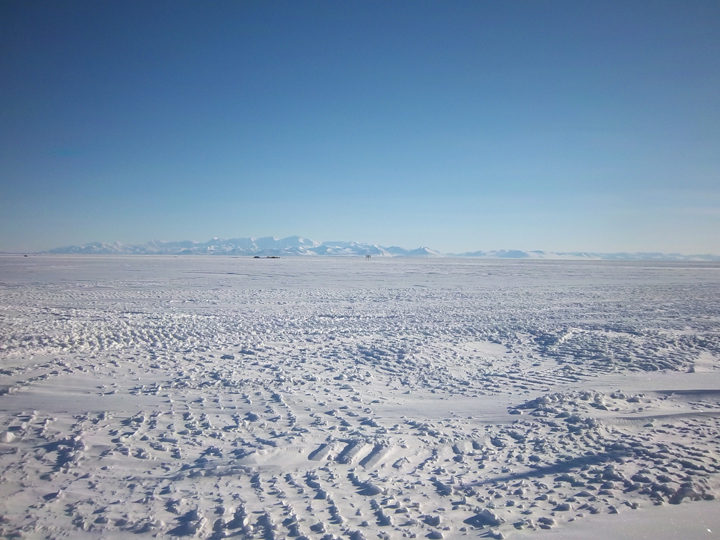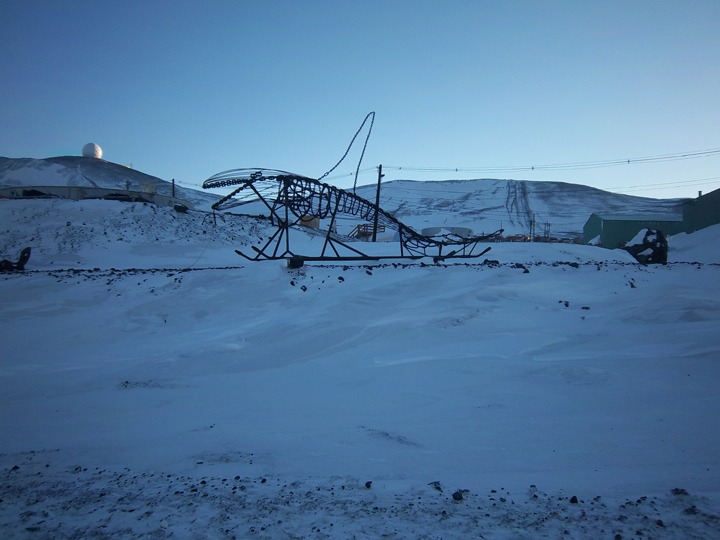
But since those first flutes were fashioned out of vulture bones several tens of thousands of years ago, all music has intrinsically spoken to our interaction with Nature around us, and our Anthropocene era is defined by a cataclysmic pulse signal being fed into the whole Earth System, caused by us – as stupid and dangerous an experiment as has ever been conducted. —Nathan Currier
.
Nathan Currier (1960) is a contemporary composer whose work is both bracing and intimate. Talking to Currier, one is immediately captivated by the span of his attention, which takes in hundreds of years and generations of scholarly thought. The breadth of his intellectual passions would have been familiar to composers, musicians, writers and intellectuals of the late Romantic period. In our own time, one marked by rigid specialization across all professions that has many artists stuck in self-referential ironic loops, Currier is one of the relatively few artists addressing the issue of climate collapse in a thoughtful and serious manner. “Never before has classical music been so needed by humanity, and never before has it been deemed so superfluous,” he warns.
Currier has long studied the Gaian theory developed by James Lovelock and Lynn Margulis. This Earth Systems viewpoint is based in a holonic understanding that something is simultaneously a whole and a part of its system. His largest work to date is a full-scale oratorio, Gaian Variations, based in the Earth Systems perspective. Music is an holonic expression: individual tones (which each contain the full expression of harmonic overtones) and classical music, as a language in itself, offer the most effective medium by which to understand and transform our understanding of Earth Systems. Classical music is, Currier suggests, “a brilliant model and lesson for the human mind to better contemplate complex system dynamics …(one) which evolved almost as a continuous narrative expression of the inherent properties of the holonic harmonic series itself…”
In addition to Gaian Variations, Currier’s works include Hildegard’s Symphony a piano concerto, many works for solo instruments and chamber music. Currier is also a skilled pianist, awarded the Silver Medal in the International Piano Recording Competition in his early twenties for his performance of Bach’s Goldberg Variations. A long-term collaborative relationship with the harpist Marie-Pierre Langlamet, principal harpist of the Berlin Philharmonic, led to many chamber works written for harp, including Possum Wakes from Playing Dead, Thirty Little Pictures of Time Passing, and A Nursery Sleep. He’s also worked with the visual artist Suzan Woodruff; Looming Atmospheres takes the theme of Currier’s Gaian Variations and uses it as the basis for a painting-film. Currier studied at the Peabody School of Music, and the Juilliard School of Music, where he also taught for over ten years on their evening division faculty. His principal teachers have included David Diamond, Joseph Schwantner, Bernard Rands, Stephen Albert and Frederic Rzewski.
Currently, Currier (along with composers Samuel Zyman and Christopher James) is initiating a new concert series (The Orchard Circle series) that will take place in New York and Philadelphia, beginning Fall 2016. This series will highlight the music of early and mid-career classical musicians through work that Currier feels are too often overlooked. The core of the events will be a 90-minute performance held within a relaxed, convivial atmosphere.
Currier is the recipient of many prizes and awards, including the Rome Prize, a Guggenheim award, and the American Academy of Arts & Letters’ Academy Award, given for lifetime achievement in composition, as well as the National Endowment for the Arts, New York Foundation for the Arts, Fulbright, Fromm, Charles Ives, Barlow, and ASCAP awards.
I met Nathan around a decade ago, both of us attending a residency at the Virginia Center for Creative Arts in Amherst, VA. We struck up a friendship immediately, and it was with pleasure that I embarked upon this exchange of emails that resulted in the following interview.
Looming Atmospheres is a work of Nathan Currier and Suzan Woodruff that takes the theme of Currier’s Gaian Variations and uses it as the basis for a painting-film.
Carolyn Ogburn: Would you say something about the way you see the value of exploring environmental themes through music? You wrote vividly about holonic structuring in your essay, “Classical Music in the Anthropocene”. Can you talk about how this might be interpreted, musically?
Nathan Currier: Pitched sound inherently bids us to engage with Natural design, even if it is unconscious: the harmonic series means that all music always consists of parts and wholes sounding together, as each tone contains all pitch, and this deeply holonic structuring of music parallels many inspiring and mysterious aspects of the natural world around us. For example, the Neo-Darwinists have often liked to make it seem as though life’s amazing evolution on Earth = genes + random mutations + natural selection, given enough time. But this view has begun to seem like something of a joke. We have recently learned that huge amounts of genetic material – perhaps as much as 50% of our own human genomes – have been horizontally transferred; a single unit of selection seems almost silly among the multi-leveled holonic processes of life; and, at the highest level of such processes, the Neo-Darwinists themselves strenuously maintained for decades that our Natural selection-run world could never lead to global scale self-regulation, yet the Amsterdam Declaration on Global Change (signed by more than 1,000 scientists in 2001 under the aegis of the United Nations) begins by stating just that – that our planet acts as a single self-regulating system. Going back to the Pythagorians, music was always seen as somehow depicting fundamental laws of the universe, and I am essentially saying that this still holds true. But this current form of the old metaphor is little known, however, because Earth System science is not yet widely known.
For holonic structuring, I’m suggesting above that this doesn’t need musical interpretation – that it is always there. But of course, one could also add in conscious interpretation. My Dorothy’s Dinner is all about the work of Lynn Margulis, who was the great modern master of the workings of symbiosis, and one might say that the holonic structure of all life – the cellular organelles like the mitochondria inside our cells; the variegated cells in multicellular organisms like ourselves; organisms inside ecosystems; and the range of these nested inside the biosphere – ultimately stems from the symbiotic behaviors forced upon all organisms, and which was shown to be the source of the complex cells we are made of (Eukaryotic cells), where a process of engulfment (i.e., phagocytosis) creates this multi-tiered holonic quality at the level of single cells. It was in Margolis’ lab that I first saw footage of D. Discoidium, one of the marvels of nature, where 100,000, sometimes even a million, individual, single-celled organisms (they are Eukaryotes, and Protista) can, under the environmental stress of starvation or drought, come together and form a single organism with fully differentiated cells, making a slug that can walk off and find a better environment. Dorothy’s Dinner is for four actors and string quartet, and melds theatrical and musical elements to such a degree that I hope they become fully entangled into a single narrative, where the music employs all kinds of techniques that I see as reflections of holonic structure (again, keep in mind, harmony is inherently holonic), and the narrative concerns four old friends getting together for the first time in decades, entraining issues of group behavior, and climaxing when Dorothy, a retired biologist, shows her old friends this same footage I had seen – the coalescing of the ‘fruiting body’ out of an army of individuals, and the slug then moving off as one single organism.
To deal more generally with environmental themes in music, I think it’s vital first to correctly characterize “environmentalism,” and then to get meaningfully inside music history. I think this is the problem with current ecomusicology – it doesn’t, to my mind, work hard enough yet on either of these things, and so one quickly ends up with breezy talk of John Cage, R. Murray Schaefer and acoustic ecology, things which I confess I don’t personally see as central to music, ecology, or the environment. My essay Classical Music in the Anthropocene begins by trying to show that the largest late works of common practice period music were far more ecologically significant and timely than any such material, since Mahler’s two largest scores (the Third and Eighth symphonies) were entirely wrapped up with Haeckel, who coined the term ecology and adumbrated aspects of Earth System science. And consider that the passage just before Mahler starts his Faust setting in the Eighth gyrates eerily around the subject of geoengineering, a topic likely to be one of the most significant and contentious of the 21st century, although this passage was written by Goethe 150 years before the term geoengineering was first used. What does it mean, then, when composers tack on their conscious thoughts and feelings about something like environmental destruction, to a language that has always been speaking to us, albeit mostly unawares, about Nature’s operations? It depends on how it is done. I have read articles about works in which, say, someone records their footsteps walking on a glacier, and then manipulates this sound to create a “statement” about climate change. A cellist’s video of himself “playing” a graph of global climate change was passed around online a couple of years ago, with the cellist going up in pitch whenever the temperature graph went up – a link to this video was even sent to me by the Artistic Director of the American Composers Orchestra, as though there would somehow be interest in it for me because I am educated in climatology. If one could create interesting sounding pieces this way, it should still go without saying that such things have nothing much to do with their subject. The squiggles in the climate graph represent the chaos of any complex system, and are relatively uninteresting in themselves, but there is fascinating order in the climate system behind its noisy chaos, just as there is behind your own body’s chaos (your body also exhibits randomness in its diurnal temperature shifts, for example, despite its extreme thermoregulation).
Such talk about geoengineering brings one to the need of correctly characterizing ‘environmentalism’, since the environmental community has taken great pains to portray all geoengineering as evil or even crazy (leading up to the Copenhagen COP, hundreds of environmental groups even signed a declaration against the use of biochar, which is quite benign). At the time of Mahler, our current notion of the environment barely existed. One spoke of Nature. Environmentalism has been hugely positive for society as a whole, but its weaknesses are sitting right there in the reductive word itself: by definition, you aren’t the environment that surrounds you, and this lack of inclusion breeds a lack of agency. Agency is lacking not just for humanity, but for life itself, in this mindset. Consider the opening sentences (after the initial fable) of Carson’s Silent Spring (my italics added):
The history of life on Earth has been a history of interaction between living things and their surroundings. To a large extent, the physical form and the habits of the Earth’s vegetation and its animal life have been molded by the environment. Considering the whole span of earthly time, the opposite effect, in which life actually modifies its surroundings, has been relatively slight.
Only three years after that was written, just one year after Carson’s own untimely death (in 1964), James Lovelock had the first intuition of what would become Gaia theory (commonly referred to as Earth System science today). Now we know that virtually everything present in our atmosphere is a direct product or strongly modulated by life. Lynn Margulis, who developed Gaia theory with Lovelock, would say that all organisms ineluctably alter their environments (through waste, respiration, etc.), and that the sum of those alterations is Gaia.
Gaia might have been able to provide the missing link between our actual current understanding of the planet, and our expressions concerning it through culture and the arts. Earth System science is a term that began to be used at NASA in the early 1980s (a NASA committee called ESSC, the Earth System Science Committee, was formed in 1983 and put out a couple of large reports) which takes the concepts of global scale self-regulation that Lovelock and Margulis had initiated a decade earlier (and which they had called the Gaia hypothesis), but using a more neutral language without any baggage of culture or metaphor. In a way, it has been a tragedy of public relations: the name Gaia was only too loved by New Age enthusiasts, as it still is, while being despised by the Neo-Darwinists, Richard Dawkins labeling it “bad poetic science.” Unsurprisingly, the language of Earth System science has not communicated itself to the broader public or impacted our culture at all. But the oldest musical instrument known was found a few feet from the earliest Goddess figurine, and perhaps there really is something deep about allowing those layers of metaphor to sit on top of the recent revolutions in the geo- and life sciences.
If Gaia theory had not been so disparaged, I suspect that environmentalism, the broader culture, and consequently the planet itself, would all be in a better state today. Of course, I was trying to counter these problems with my largest work, an oratorio called Gaian Variations, which aimed both to introduce people to Gaia theory and also to contextualize it, depicting it as a natural historical outgrowth of Darwinism and the Earth sciences. (CO: Currier’s Gaian Variations premiered in 2004 at Avery Fisher Hall by the Brooklyn Philharmonic, but was interrupted midway when the orchestra members walked out, claiming they were headed into overtime. The oratorio has yet to be performed in full.)
Heralding the Anthropocene by Nathan Currier
CO: How do you think about the structural framework of your craft? Do you think that a comparison might be made to the work you do as a composer to the conceptual work done by an architect? For both, it seems, rely on wordless language, deep understanding of structure (or, as it might be, theory) that goes beyond the individual “piece”…
NC: In musical structure, I feel as though much of what happens is far too sensitive to be likened to architectural structure, and such musical structure therefore needs to coalesce through iterative process, rather than come about through design and forethought. I am speaking from my own personal experience as a composer, but I also mean this as a general rule, both for the final form of a given composition, say Wagner’s Tristan, and for the slow evolution of musical structures themselves – take something like the gradual coalescing in classical music of what eventually became “sonata form”. So, it’s more like the emerging structure of a city, the result of iterative processes of daily life being lived, than like the planned architecture of a building.
Someone who was always very important to me from the standard repertory as concerns musical structure, right from the time that I started composing seriously, was Schumann, who I felt left many hanging threads for future composers. He was able to increase the narrative quality of musical language in his larger piano cycles, and a key part of his toolbox was, I believe, disunity. Charles Rosen wrote, that the return near the end of Davidsbundlertanze was, “a genuine return of the past – not a formal return, or a recapitulation, but a memory.” I would agree, but to me the most interesting thing is the means by which he achieved this new kind of return, which was a high degree of disunity in the variegated material between the first version of the b minor material its return. Growing up, I noticed how Schumann’s works were often considered structurally weak in the critical community, which I considered to show a lack of understanding. Needless to say, all this fit in neatly with my later scientific interests. Consider how in Lynn Margulis’ work symbiosis is elevated to a primary driving force of biological evolution. Remember that symbiosis means “living together”, in all its infinite shades of meaning, from the casual acquaintances of organisms that randomly hit up against each other, to the coalescing of the key elements of cellular structure through endosymbiosis, such that every cell with “your DNA” is itself a chimera made up of elements of what were various free-living bacteria billions of years ago. In any case, even in my teens many of my works were designed after Schumann’s, with series of interlinked short movements, perhaps in a way analogous to (Gyorgy) Kurtag, another living composer who also has written about Schumann as an inspiration for his many series of short interrelated movements.
CO: You grew up within a musical family (Currier is the son of Robert Currier, a violist and Marilyn Kind Currier, a composer; his brother is Sebastian Currier, also an acclaimed composer). What was that like, and how do you think it’s shaped your own work?
NC: There is no question but that it was vastly important to me to have grown up in a family full of composers, which I think has shaped me in all kinds of ways I am only partly aware of. One way in which I am different from many composers I know is that I am less interested in what I would call ‘productivity maximization’. Perhaps it is an outgrowth of having lived among other composers, that I see a moral responsibility to not over produce, a kind of compositional ‘Planned Parenthood.” Almost every “professional” composer I know has written far more than Mahler, although Mahler towers over the late common practice repertory…. That said, I confess that right now I would really like to be composing far more than I have for a while!

CO: I know you’ve been excited about the upcoming launch of the Orchard Circle concert series, a kind of “midtown revival,” of the aesthetic middle. Can you talk to me more about that?
NC: I am currently involved in starting up a series of new music concerts in New York City (and Philadelphia) to be called Orchard Circle, starting this coming November. It has gotten me listening to a lot of my colleagues’ works again, and there is certainly no shortage of creativity of all kinds going on today. Yet the series represents only one slice of the whole aesthetic pie, focused on the middle of things, and we are particularly interested in eschewing predominant trends, things like so-called “post-classical” music, the current Brooklyn-based emphasis on pop culture, and other features that typify the current scene.
CO: How much do you think of how your work will be heard as you write? Do you actively seek to either to reflect existing perceptions, or to disrupt them, perhaps to disturb something fundamentally unquestioned in the listener? Or, do you think of it in some other way entirely?
NC: I don’t personally try to either reflect or defy common perceptions, and have to admit that I am not very good about keeping the listener in mind once I am involved in composing something, unless I could be considered “the listener”. But I am sure that time changes everything, including our perceptions, so I don’t see what the value is of thinking of current listeners as opposed to difficult-to-predict future ones. And I think that we need to be very future-oriented right now, about our planet, our society, and our aesthetics. When I ask other composers about the future, I realize that most have rather little concern for it, and for some that is even a matter of pride, after a century of modernists claiming that someday, “the milkman would whistle Webern’s tunes.” Personally, regardless of the errors of the modernists, I see it as a matter of morality to work and live as though still believing in some future, perhaps akin to Mahler’s “my time will come!” attitude. This despite the fact that I know far more climatology than colleagues, and so know with certainty that New York City, where I am now living, is already doomed (the West Antarctic Ice Sheet has begun its slow collapse, the grounding line around the chief Amundsen Sea outlet glaciers have reached the so-called ‘retrograde bed’, and this will be an unstoppable process) along with all the world’s other vulnerable coastal cities.
It is hard to fathom what perceptions of us and our creations will be, given the utterly unprecedented nature of what is underway, and at times it all feels so overwhelming that I wonder if I will be able to continue, and at such moments I often feel an immense envy of those happy colleagues who are able to ignorantly concentrate on their personal “careers”.
The Simon Bolivar Orchestra playing Mvt. 1, Of Moisture and Greenness, from Hildegard’s Symphony by Nathan Currier, with Marie-Pierre Langlamet, harp solo, and Cesar Ivan Lara conducting. Premiered in Caracas, Venezuela, June 1, 2012.
CO: Earlier, you were talking about the misunderstandings of environmentalism. Can you say more about how this interacts with how you see classical music as a medium for thinking about our climate, um, challenges?
NC: Classical music is unique in the degree to which it injects a non-repetitive, one-way arrow of narrative time, and this is of supreme value if people are to contemplate time and the future. Further, counterpoint is an invention of classical music, and its complex multi-temporality is exactly what one needs to consider something like the climate system, so I do see classical music as a perfect cultural object through which to consider the irreversible large-scale climate changes underway.
Unfortunately, traditional environmentalism is still stuck in its old pre-Gaian mode, with real consequences, and anything that could shake up this situation through music would probably be good for music, and would certainly be good for the planet. Think of how today an issue like nuclear energy plays an important role in peoples’ voting – take the German election of 2011, or Bernie Sanders’ call for a U.S. moratorium on nuclear plants – but people have no adequate way of making intelligent energy choices until they begin to understand the Earth System in time. For example, wind energy manipulates a vitally active part of the Earth System – atmospheric circulation – and leaves an imprint upon it, changing the vertical mixing of the lower atmosphere, and warming the surface downwind of turbines. That does not mean we should disparage wind energy. I suspect that wind farming, however, will end up like fishing: there is a huge amount of protein in the sea, but you just can’t sustainably harvest much of it, and we have begun to learn this the hard way, with the global oceans already in a dire state. We can greatly expand our use of wind energy over the present, of course, but that doesn’t mean that it can or should supply a very large part of global energy, and the issue with wind probably won’t be whether you can get 10TW, 60TW or even 200TW out of it, as some argue: rather, I suspect it will be whether the overharvesting of wind resources offshore of California will further stress the storm tracks coming to the Sierra Nevada, imperiling U.S. agriculture, or whether lots of turbines around the UK and Scotland could actually start to impact the “tip jets” around southern Greenland, probably vital for the descending plumes of dense saline water needed for Atlantic meridional overturning circulation, which will already be under increasing stress from Greenland freshwater input and warming generally. Indeed, in the end, large scale wind harvesting will be akin to geoengineering, and indeed is a form of it, one which counteracts changes in atmospheric chemistry wrought by prior forms of energy, substituting them with a different form of energy that alters atmospheric dynamics instead. I think that wind power (along with other mild forms of geoengineering) needs to be part of the mix, but my guess is that it won’t reach much beyond 10% of total global energy before economic/environmental considerations halt its growth. That implies, of course, vast hypocrisy on the part of the environmental movement, which scorns both geoengineering and nuclear energy while advocating for wind. And today more and more ‘Big Green’ groups embrace Mark Jacobson’s plans for powering the world with >50% of all energy coming from wind turbines, which could well prove highly problematic (some peer reviewed material from Harvard and the Max Plank Institute, published by PNAS, suggests Jacobson’s way of calculating wake turbulence produce wind density figures that might be 400% of practically achievable levels), and in the end will just prolong dependence on fossil fuels for decades more than necessary, with terrible consequences.
Thus, when one considers the Earth System viewpoint and the huge price we will pay for not following it, in part because of erroneously framed “environmentalist” perceptions, and when one also considers how a brilliant model and lesson for the human mind to better contemplate complex system dynamics is classical music – which evolved almost as a continuous narrative expression of the inherent properties of the holonic harmonic series itself – it brings one to a surprising conclusion: never before has classical music been so needed by humanity, and never before has it been deemed so superfluous, with many claiming it already dead amid today’s pop culture triumphalism.
But since those first flutes were fashioned out of vulture bones several tens of thousands of years ago, all music has intrinsically spoken to our interaction with Nature around us, and our Anthropocene era is defined by a cataclysmic pulse signal being fed into the whole Earth System, caused by us – as stupid and dangerous an experiment as has ever been conducted. So I think there primarily needs to be a vast increase in education about what the “environment” really is and how it really works, and then both conscious and unconscious applications of all that to the art of music in its totality.
—Nathan Currier & Carolyn Ogburn
.
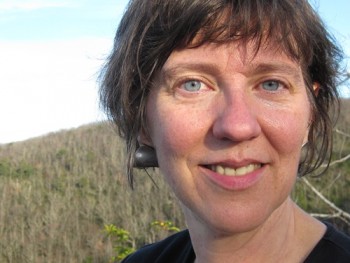
Carolyn Ogburn lives in the mountains of Western North Carolina where she takes on a variety of worldly topics from the quiet comfort of her porch. Her writing can be found in the Asheville Poetry Review, the Potomac Review, the Indiana Review, and more. A graduate of Oberlin Conservatory and NC School of the Arts, she writes on literature, autism, music, and disability rights. She is completing an MFA at Vermont College of Fine Arts, and is at work on her first novel.
.








